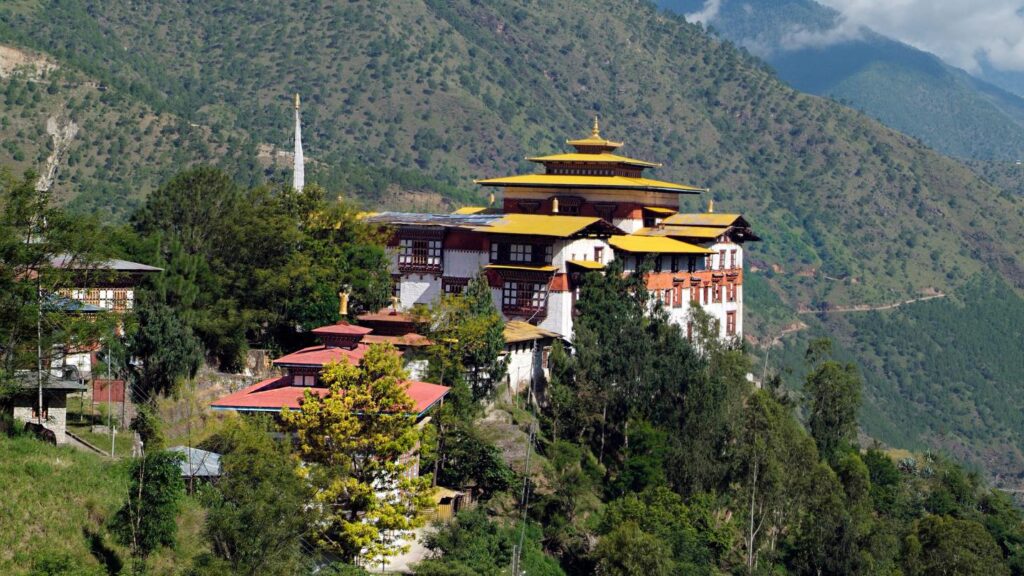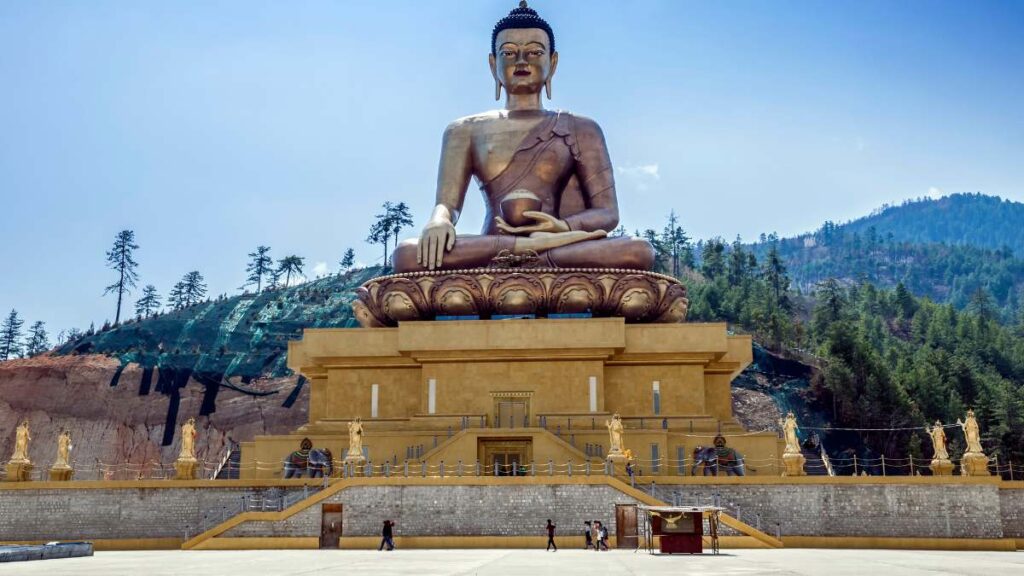Achieving success in sustainable tourism is a commendable goal, but it takes more than just good intentions to make it happen. Bhutan is one such country that has managed to combine the preservation of its natural and cultural heritage while promoting tourism, creating a model that other countries could attempt to replicate, but would it be feasible?
Bhutan, a small landlocked country nestled in South Asia, is renowned for its unique approach to tourism. Unlike many other countries that prioritize economic growth at the expense of environmental and cultural conservation, Bhutan’s tourism model has managed to strike a balance between tourism, culture, and conservation. This approach earned Bhutan a reputation as a model for sustainable tourism.
Bhutan’s unique approach to tourism is based on the principle of gross national happiness (GNH), their alternative to gross domestic product (GDP). GNH is a holistic development approach introduced in the 1970s that not only measures economic growth but also the well-being of its citizens, the preservation of culture, good governance, and environmental conservation.

As a result, the government adheres to a “high-value, low-volume” policy that adds to the country’s economic success by promoting it as an exclusive destination. The low volume ensures that the number of tourists visiting the country is within the maximum capacity of the country’s natural environment, infrastructure, and socio-cultural values. The high-value, low-volume policy seeks to educate tourists about Bhutanese values while giving them a one-of-a-kind experience.
For tourists, traveling to Bhutan can feel like a journey back in time. Without the western influence that many surrounding countries experience, Bhutanese culture has remained intact and locals still wear traditional attire.
Bhutan’s unique approach to tourism also includes a focus on sustainable tourism. The country regulates the number of tourists by imposing a daily tariff known as the Minimum Daily Package Rate (MDPR), ranging from $200 to $290 per person per night depending on the number of people and length of the trip.

The tariff covered accommodation, meals, transportation, and guides, and a $65 USD sustainable development fee (SDF) is paid to the government. This fee supports the country’s development programs, education, and other projects, all of which benefit the local economy. As of June 2022, the government raised the SDF to $200 per night. Along with the SDF increase, the MDPR has been eliminated, and tourists will be required to pay separately for lodging, food, transportation, etc.
For the Bhutanese, limiting tourists to those who can afford the day rate has attracted their ideal visitors, emphasizing its exclusivity rather than as a location to travel and live cheaply for an extended period of time.
Bhutan’s approach to tourism underlines its commitment to environmental conservation. Bhutan was the first country to achieve carbon neutrality. This was made possible by the country’s ability to absorb more carbon dioxide than it produces, owing primarily to its extensive forests, which cover 70 percent of the land. The nation’s constitution stipulates that 60 percent of its territory will be permanently preserved as forest land.
In addition, Bhutan is also making efforts to shift to electric vehicles in order to reduce emissions from fossil fuels and remain carbon neutral. The Bhutan Sustainable Low-emission Urban Transport Systems project intends to have 300 taxi companies switch from fossil-fueled to electric vehicles as air pollution is a growing concern.
Car emissions are among the most significant air pollutants, and Bhutan predicts that the program will reduce carbon emissions by over 90,000 metric tons throughout the vehicle’s lifetime. Through the taxi industry, it is anticipated that the project will pave the way for a countrywide transition from fossil-fueled to electric vehicles.
Another unique aspect of Bhutan’s unique approach to tourism is its focus on cultural preservation. The country is home to a unique culture that has been preserved for centuries. By requiring tourists to travel with licensed operators and limiting the number of tourists, this helps to minimize the negative impacts of tourism on cultural heritage while providing tourists with an authentic and immersive cultural experience.
Bhutan’s unique approach to tourism has not gone unnoticed. Bhutan has received awards and accolades for its efforts, including recognition as a nationally sustainable tourism destination and earning the Sustainable Destinations’ Earth Award at the ITB International Trade Show in Germany in 2018. The United Nations Development Programme also recognized Bhutan for becoming a model ecotourism destination.
In a nutshell Bhutan’s unique approach to tourism, which prioritizes cultural preservation, environmental conservation, and Gross National Happiness, has gained global recognition as a model of sustainable tourism. However, whether or not this policy can be replicated by other countries remains uncertain. Bhutan’s success is largely due to its size, political structure, and location, which may not be present in other countries.
Additionally, implementing a “high-value, low-volume” tourism policy and regulating tourist numbers via a daily tariff may not be feasible in all destinations. Nonetheless, Bhutan’s policies provide valuable lessons for other countries seeking to promote sustainable tourism and cultural preservation.

“Take memories only, leave footprints behind.”
